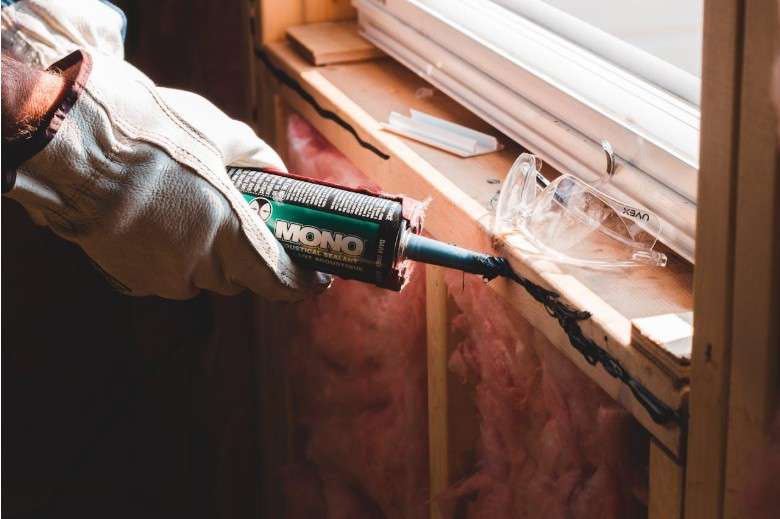5 Benefits of Silicone Sealant for Residential and Commercial Use

Sealing gaps and joints might seem straightforward, but choosing the right material makes all the difference. Silicone sealant has become the go-to choice for countless professionals and homeowners, and there are solid reasons behind this preference.
Silicone sealant stands apart from traditional caulking materials through its unique chemical composition. Made from silicone polymers, this material cures into a rubber-like substance that maintains its properties across various environmental conditions.
Unlike acrylic or latex alternatives, silicone creates a permanent seal that won’t crack, shrink, or lose adhesion over time.
Weather Resistance
Extreme weather conditions can destroy conventional sealing materials, but silicone sealant thrives in harsh environments. Rain, snow, UV radiation, and temperature fluctuations that would cause other materials to fail have minimal impact on properly applied silicone.
Silicone sealant maintains its integrity through freeze-thaw cycles that expand and contract building materials. While rigid sealants crack under this stress, silicone’s elastic properties allow it to move with the substrate without losing its seal.
Commercial buildings in regions with severe weather rely on this characteristic to prevent water infiltration and energy loss.
Flexibility and Durability
The elastic nature of cured silicone allows it to accommodate movement without compromising the seal. Buildings naturally expand and contract with temperature changes, and joints between different materials move at different rates.
Silicone stretches and compresses to maintain contact with surfaces even when they shift. Where rigid sealants might need replacement every few years, properly applied silicone can last decades without losing effectiveness.
Commercial applications particularly benefit from this durability. High-traffic areas, mechanical vibrations, and structural settling that would compromise other sealing materials have little effect on silicone’s performance.
Adhesion to Various Surfaces
Silicone bonds effectively to an impressive range of materials without requiring primers or special surface treatments in most cases. Glass, metal, ceramic, plastic, and most building materials form strong bonds with silicone that resist peeling and separation.
This broad compatibility simplifies installation and reduces preparation time. Contractors can move efficiently between different substrates without changing products or techniques. The chemical structure of silicone creates mechanical and chemical bonds with surfaces that strengthen over time.
Even on challenging surfaces like powder-coated metals or treated plastics, silicone typically achieves reliable adhesion that outlasts the substrate itself.
Chemical Resistance
Silicone maintains its properties when exposed to chemicals that would dissolve or weaken other sealing materials. Cleaning agents, mild acids, alkalis, and many solvents have no effect on cured silicone. This resistance makes it particularly valuable in industrial settings and areas requiring frequent cleaning.
Kitchens and bathrooms benefit from this chemical stability. Harsh cleaning products used to maintain hygiene won’t degrade the seal, ensuring long-term protection against moisture and contaminants.
Commercial kitchens and food processing facilities rely on this characteristic to meet health codes while maintaining effective seals. The non-reactive nature of silicone also prevents it from causing corrosion or staining on adjacent materials.
Metals sealed with silicone show no signs of galvanic corrosion or discoloration, even after extended contact.
Versatility in Application
The range of applications for silicone sealant extends across virtually every construction and maintenance scenario. From delicate electronic assemblies to heavy industrial equipment, silicone adapts to meet sealing requirements that would challenge or exceed the capabilities of other materials.
Application methods accommodate various project scales and access conditions. Hand-applied beads work for small repairs, while pneumatic dispensers handle large commercial projects efficiently. The material’s consistency allows for smooth, professional-looking seals regardless of application method.



